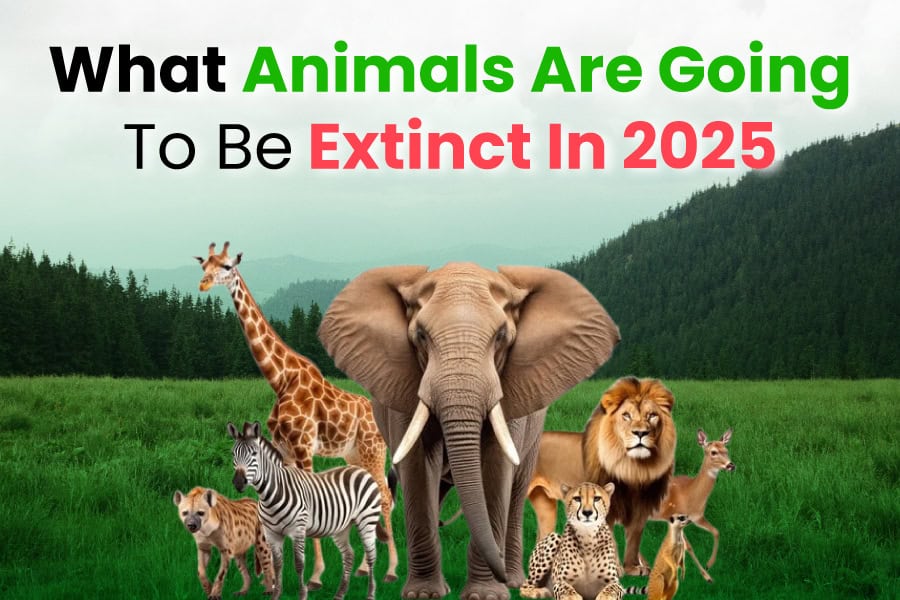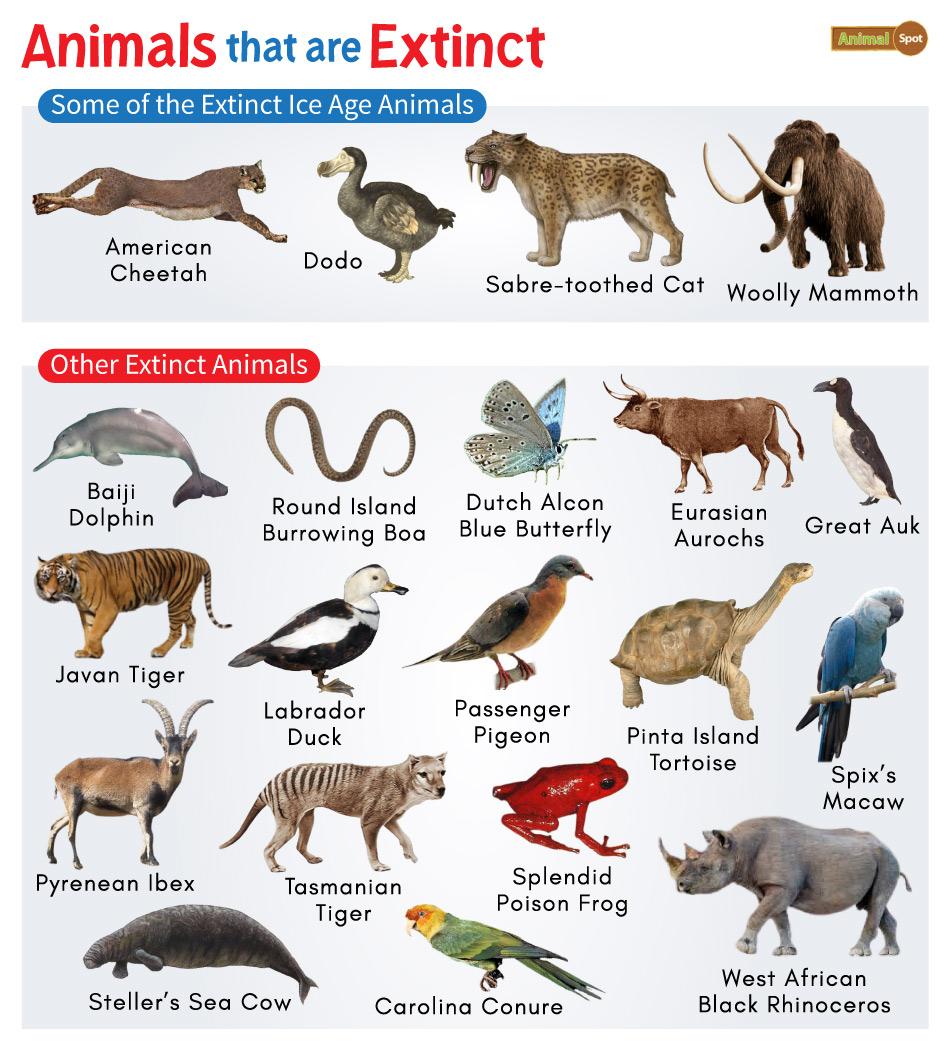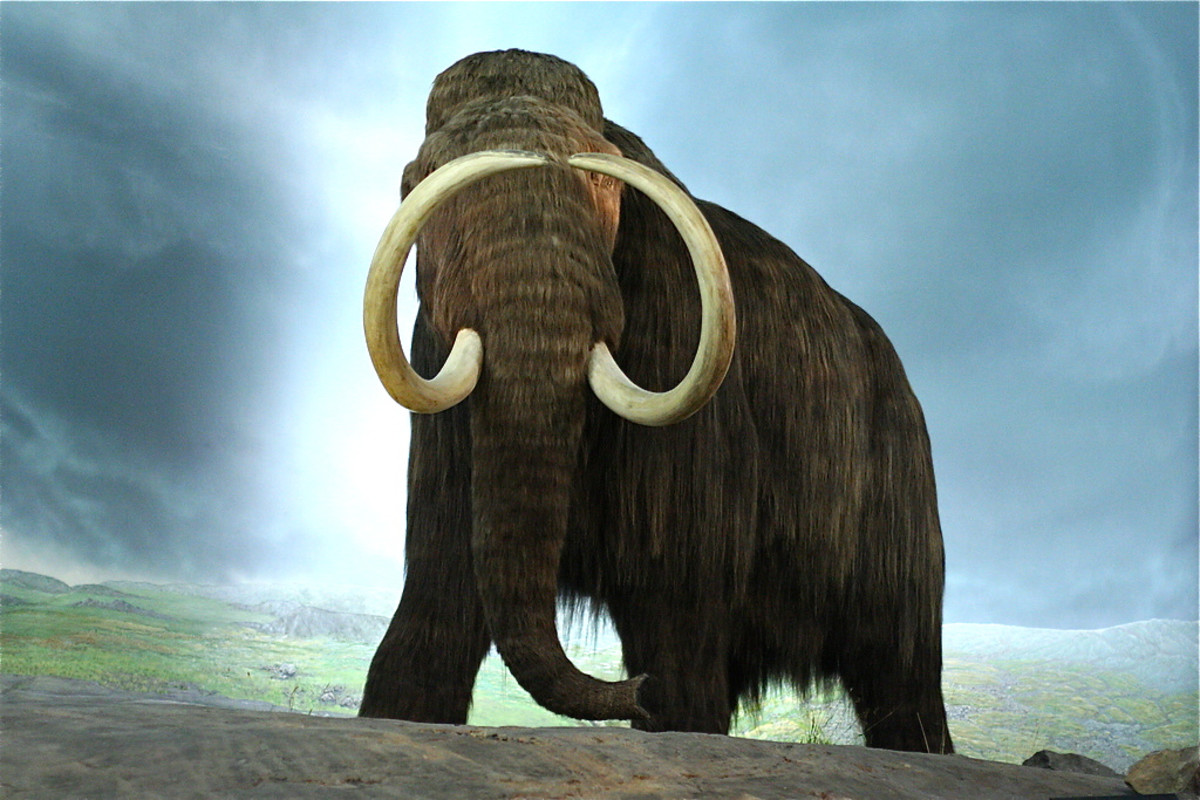Animals That Are Going To Be Extinct In 2025. The iucn classifies nearly 4,000 species as critically endangered, meaning they face such severe threats that they could soon become extinct in the wild. Despite significant conservation efforts, numerous species continue to teeter on the brink of extinction.
This article aims to shed light on the dire predicament faced by several remarkable creatures that, if current trends persist, may. It can happen to an entire species, meaning that all species are lost (including both those that are wild and in captivity).
What Animals Are Going Extinct in 2025? Endangered Species The, Sometimes, extinction might refer only to wild populations.

What Animals Are Going To Be Extinct In 2025? A MustRead South Slope, Sometimes, extinction might refer only to wild populations.

What Animals Are Going Extinct in 2025? A Countdown to Catastrophe, Reintroducing mammoths and thylacines might upset existing ecosystems.

Animals That Will Be Extinct By 2025 Harlie Bobbette, According to a report from the world wild fund, almost 3 billion animals in the greater blue mountains area perished during these summer bushfires, including more than.

Extinct Animals List and Facts with Pictures, This article aims to shed light on the dire predicament faced by several remarkable creatures that, if current trends persist, may.

Animals That Might Go Extinct In 2025 In America Izabel Christalle, It can happen to an entire species, meaning that all species are lost (including both those that are wild and in captivity).

Animals that could go extinct by 2025 part 4 YouTube, This article aims to shed light on the dire predicament faced by several remarkable creatures that, if current trends persist, may.

TOP 10 EXTINCT ANIMALS THAT WILL BE BROUGHT BACK, The iucn classifies nearly 4,000 species as critically endangered, meaning they face such severe threats that they could soon become extinct in the wild.

Animals That Will Be Extinct By 2025 Harlie Bobbette, Sometimes, extinction might refer only to wild populations.
